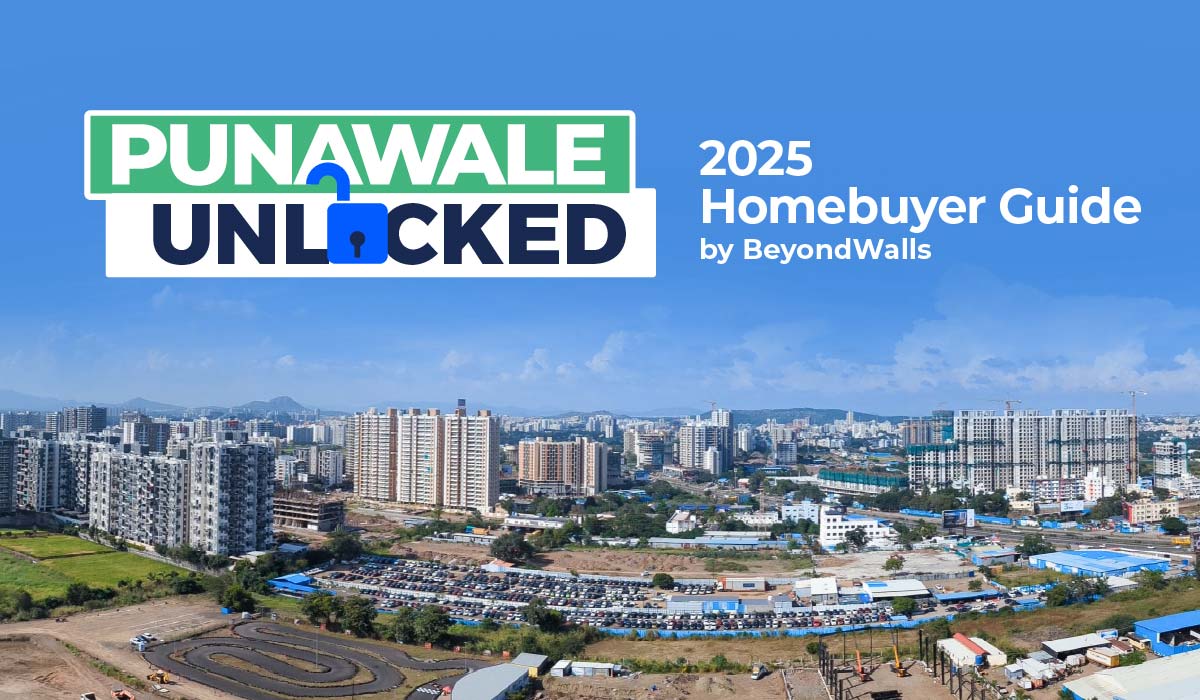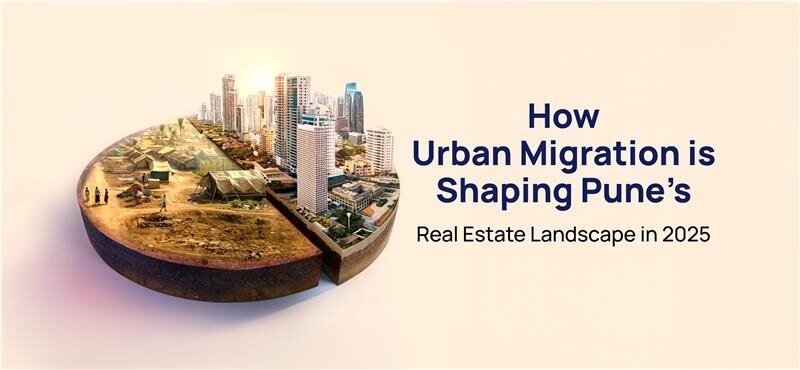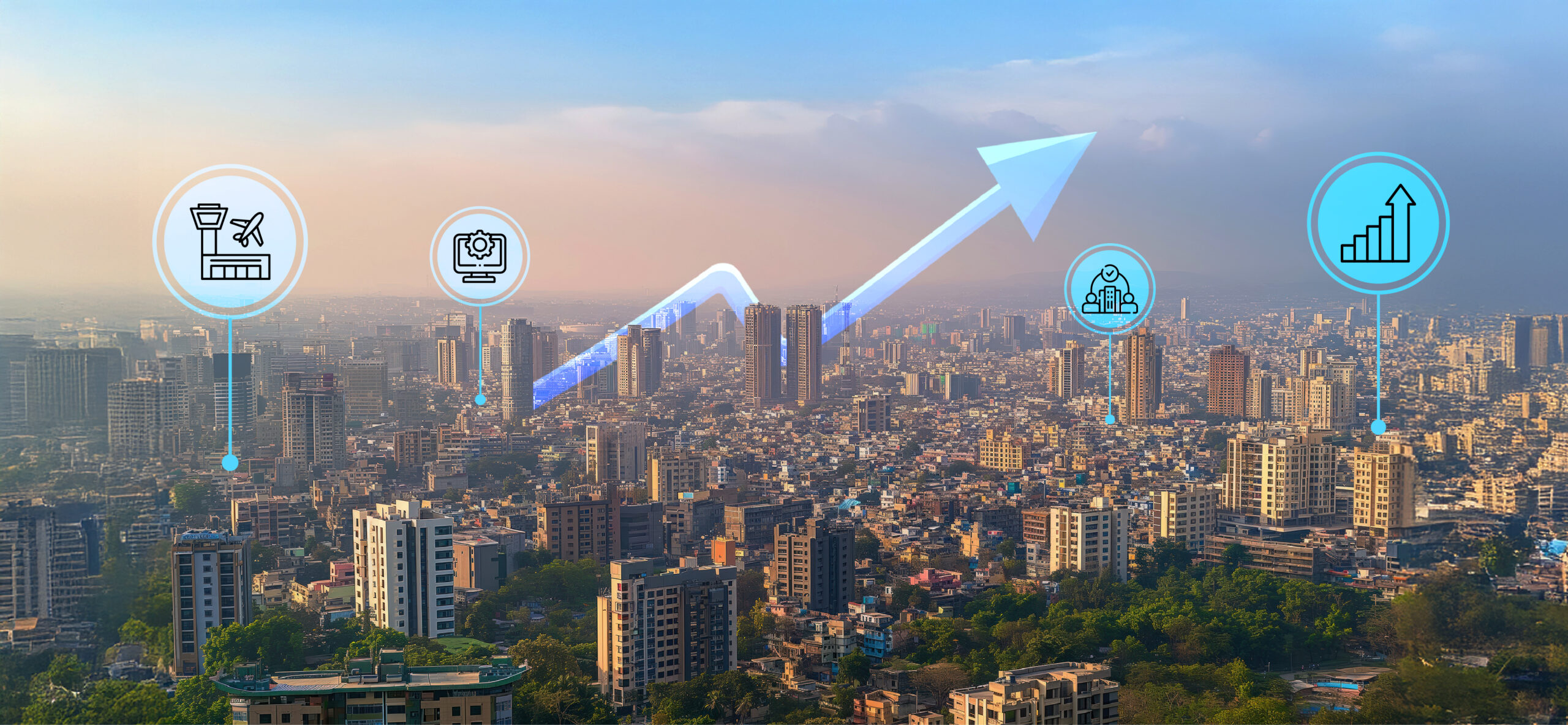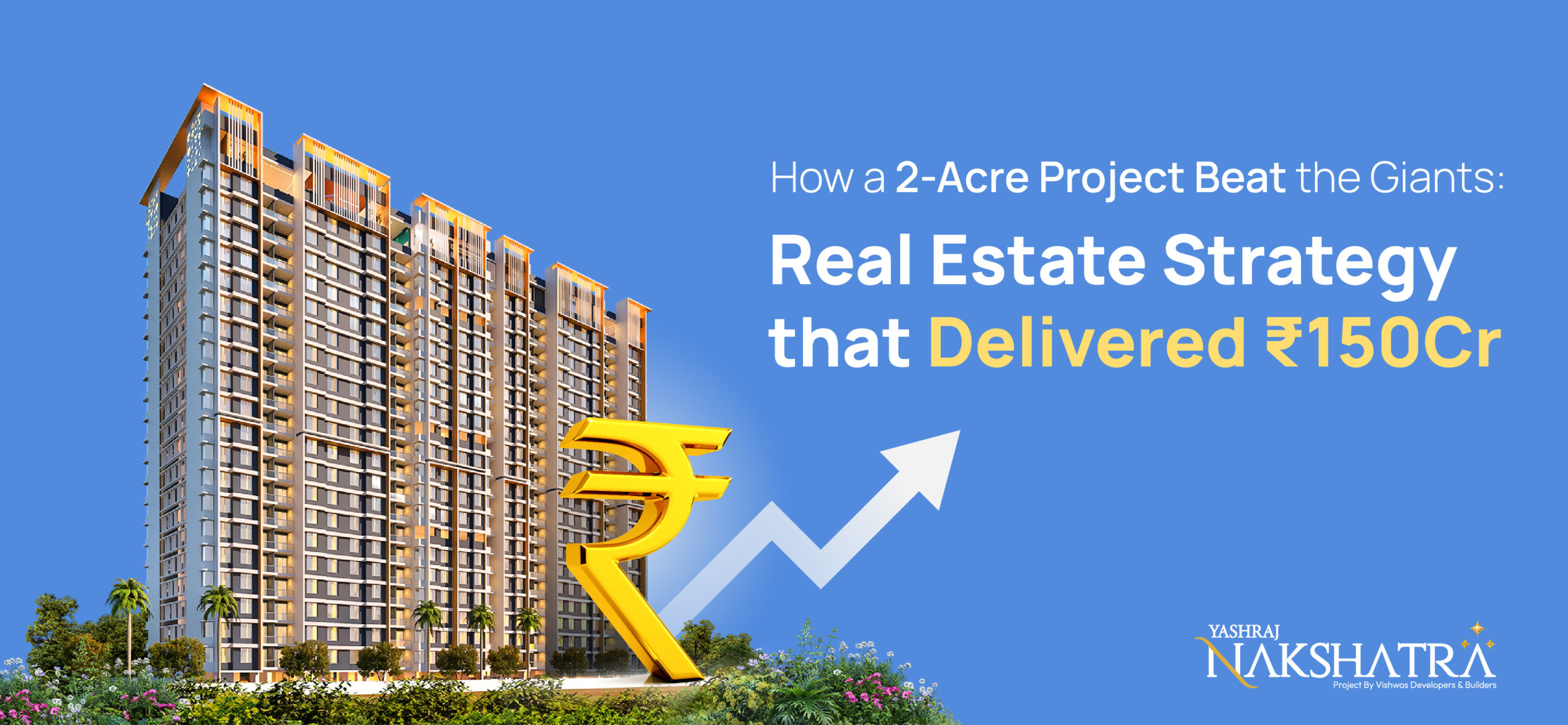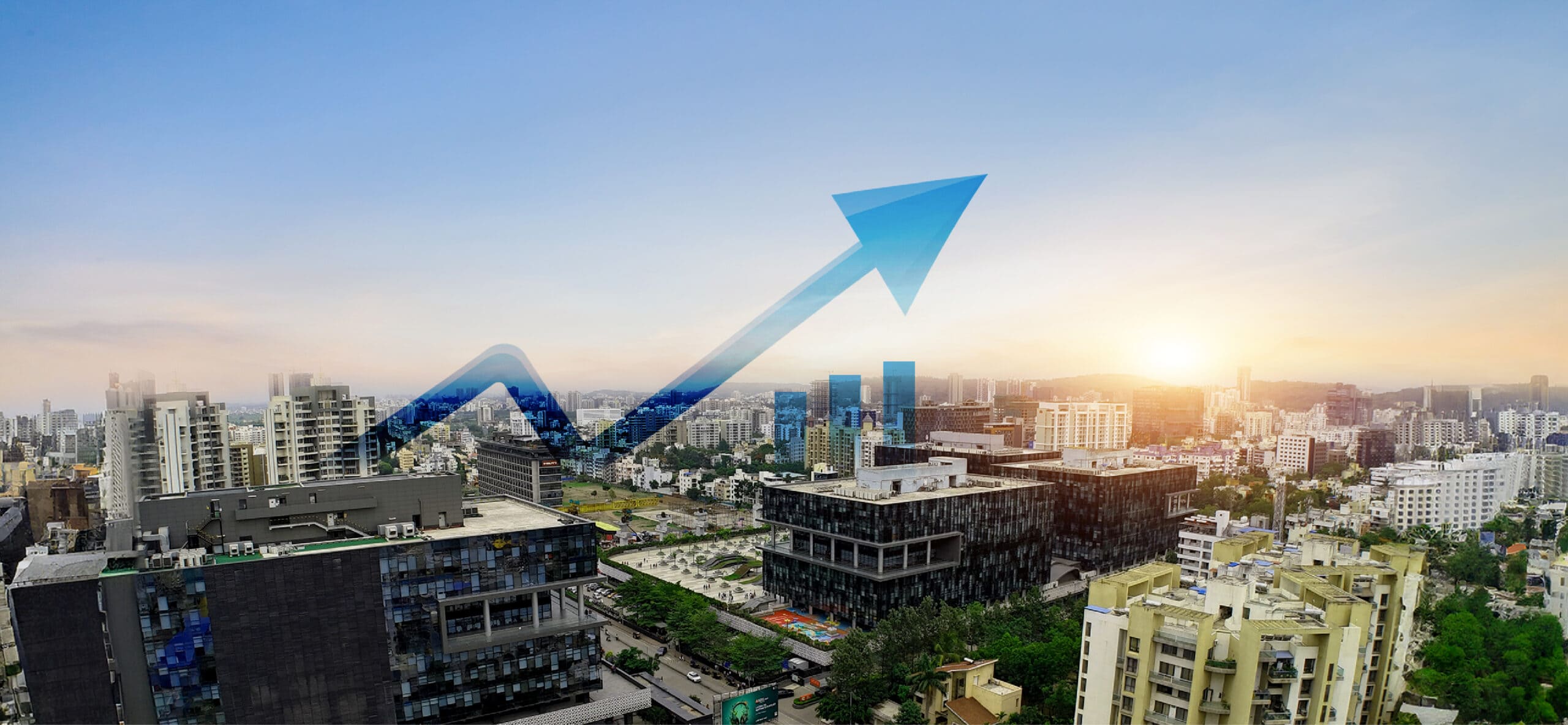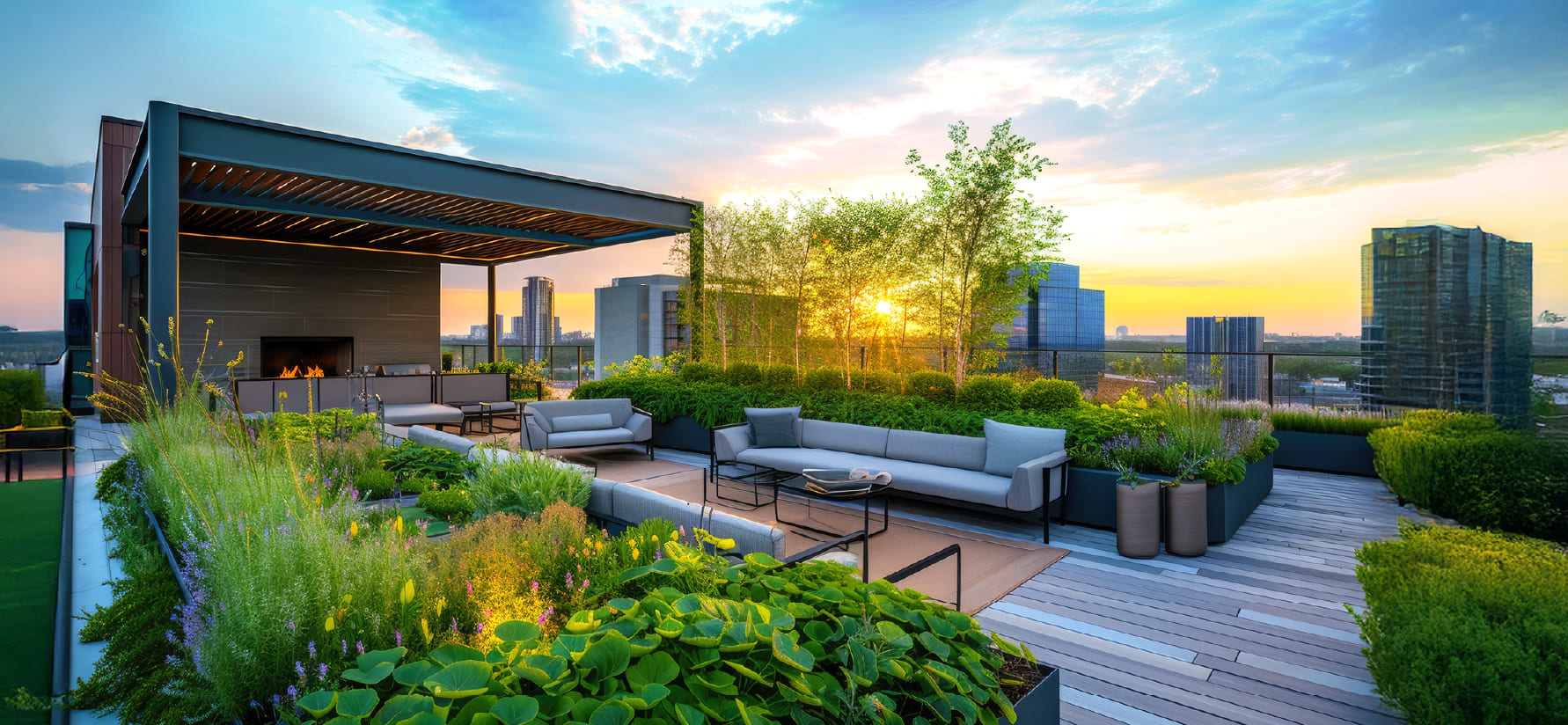Imagine a life where your rent not only covers your living space but also includes friends, fitness, food, and, most importantly, zero hassle. This is the future of urban living in Pune and Mumbai in 2025. Co-living is not just a budget-friendly option; it’s a lifestyle choice. With its tech-enabled, community-driven, and incredibly flexible nature, co-living in India is redefining how students, professionals, and digital nomads live, work, and connect. It’s convenient without compromise and community without complexity.
In this blog, we explore the top co-living communities across Pune and Mumbai and highlight why this trend is becoming the go-to choice for modern urban residents in 2025.
Why Co-Living Is Booming in Pune and Mumbai
The rising popularity of co-living is not just a trend; it’s a response to real urban challenges. From rising rents to the need for community and convenience, co-living offers a powerful solution. It’s not just about a place to stay but about building a community and fostering connections.
Here’s why co-living is seeing explosive growth in 2025:
- Skyrocketing rental prices in top metros
- Massive influx of students and young professionals
- Remote work trends and mobile-first lifestyles
- Growing demand for flexible, no-hassle living
In response, co-living communities in 2025 will offer smart, inclusive housing, fully furnished, service-rich, and flexible. Think: rent, utilities, maintenance, and even events all covered in one fee.
Top 5 Co-Living Spaces in Pune and Mumbai
If you’re considering co-living, these are the most dynamic names in the space, combining design, community, and technology for a seamless experience.
- Zolo Stays – Viman Nagar, Pune
A leader in tech-powered co-living, Zolo brings app-based access, 24/7 customer support, regular housekeeping, and meals to one of Pune’s most vibrant neighbourhoods, ideal for IT professionals and students. - Stanza Living – Hinjewadi, Pune
More than a place to stay, Stanza builds communities. With biometric access, curated events, and dedicated support staff, Stanza in Hinjewadi blends safety and social living perfectly for students and young professionals. - Colive – Powai, Mumbai
Colive shines in Powai co-living for working millennials. Offering affordable studios and shared apartments near startups and corporates, it’s urban living without urban chaos. - Your Space – Andheri East, Mumbai
Focused on student-first comfort, Your-Space delivers safe, wellness-oriented homes with hygienic meals, mental wellness programs, and study-friendly environments as a top pick for learners in the Andheri East. - Settl – Kharadi, Pune
Settl offers minimalist, well-connected spaces built for remote work living. With smart home tech, coworking zones, and app-controlled services, it’s a digital nomad dream in Pune’s bustling Kharadi.
Where to Look: Emerging Co-Living Hubs
When it comes to co-living, location shapes the entire experience. Residents want walk-to-work ease, social scenes, and top-tier connectivity. That’s why a few neighbourhoods have become magnets for the co-living crowd.
Pune hotspots: Hinjewadi, Kothrud, Kharadi, and Viman Nagar are thriving. Hinjewadi blends IT parks with nightlife. Kothrud combines old Pune charm with modern connectivity, offering great access to education hubs and business districts. Kharadi is upscale and rapidly expanding. Viman Nagar offers a cosmopolitan flair, with proximity to the airport. All four-offer convenience, walk-to-work ease, and buzzing social scenes.
In Mumbai: Powai boasts lakeside views and proximity to technology. Andheri is a fast-paced, centrally located hub. Navi Mumbai appeals with spacious layouts and affordability, each neighbourhood offering its flavour of co-living.
Beyond Just a Room: Lifestyle Upgrades
Forget basic PGs or cramped rentals. Co-living in 2025 delivers a complete lifestyle upgrade. From daily comforts to luxury amenities, these spaces are designed to support residents in every aspect of their lives.
Here’s what you can expect:
- Fully furnished private rooms and common areas
- High-speed Wi-Fi and 24/7 smart security
- Daily housekeeping and hygienic meals
- Shared kitchens, lounges, and chill zones
- On-site coworking spaces and gyms
- Curated events to build community
It’s plug-and-play living that helps residents feel settled fast.
Why Flexible Living Wins
Life isn’t static anymore, why should your housing be?
Whether you’re a student, a freelancer, or relocating for a job, you want living options that move at your pace. Co-living delivers.
Here’s how flexible leases redefine convenience:
- Students on short-term courses
- Freelancers and remote workers
- Professionals relocating for work
Forget deposits, brokers, or buying furniture. Flexible lease rentals make co-living seamless. With flexible leases, residents can stay for short or long periods, depending on their needs. Pay one fee and enjoy all services. Co-living in India is built for modern mobility.
Sustainable, Smart, and Social
Today’s urban residents want to live responsibly, and co-living communities are rising to the occasion. By integrating innovative design and green thinking, they reduce impact without sacrificing comfort.
Here’s how they’re making a difference:
- Solar-powered lighting and energy-efficient appliances
- Innovative waste management and recycling setups
- Low-impact construction and water-saving fixtures
More than eco-consciousness, it’s about connection. From game nights and yoga mornings to book clubs, these homes foster human connections crucial in fast-paced urban life.
Co-Living: A Smart Investment in 2025
For investors, co-living offers a compelling proposition of high demand, low vacancy, and managed operations. It’s more than a trend; it’s a new asset class. Co-living delivers where traditional rentals don’t-community, scale, and stability. It’s a wise investment in 2025.
Why savvy investors are eyeing co-living:
- Consistently high demand among students and professionals
- Fully managed properties reduce operational headaches
- Lower entry points than conventional real estate
- Reliable, recurring rental income
Co-living delivers where traditional rentals often fall short of community, scale, and stability.
Conclusion: The Future of Urban Living
In 2025, co-living in Pune and Mumbai isn’t just an alternative. It’s the new normal for mobile, mindful, and connected living. Whether you’re searching for your next move or your next investment, co-living offers unmatched ease, efficiency, and energy. Explore curated co-living options at BeyondWalls today.
Get Started with BeyondWalls
Looking to find the best co-living spaces or market your own? BeyondWalls connects tenants, developers, and investors with India’s leading co-living communities. From curated listings to AI-powered matchmaking, we simplify real estate at every step. Let BeyondWalls be your guide to smarter, hassle-free living.


